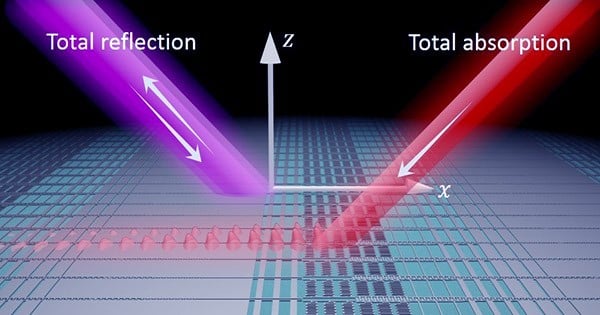In their most recent study, a team led by Tracy Northup from the Department of Experimental Physics reports the successful development of a levitated nanomechanical oscillator with an ultra-high quality factor, greatly outperforming prior experimental successes. The study was published in Physical Review Letters.
Under ultra-high vacuum circumstances, the scientists successfully levitated a silica nanoparticle in a linear Paul trap. This feat is significant for its extraordinarily low dissipation rate, with a quality factor of more than 10 billion. This represents a more than 100-fold advance over previous attempts and marks a watershed moment in the study of nanomechanical systems.

The researchers accomplished this in an extremely low-pressure environment, which is crucial for eliminating interactions with the surrounding air that would otherwise dampen the oscillator’s movement.
The ultra-high quality factor—a measure of how little energy is lost to the environment—was determined using the damping rate and frequency of the nanoparticle oscillations.
The oscillator’s remarkable stability and low noise levels make it a perfect platform for developing ultrasensitive detectors and conducting fundamental quantum physics experiments. It opens up new avenues for studying quantum phenomena in macroscopic systems, a long-standing challenge in the area.
















